
Health knows no bounds
Applications of AI in Healthcare to improve efficiency
Health professionals:
talk to us about your biggest challenges
Health professionals:
talk to us about breaking boundaries
Fill out our form or call us at 978-659-3500 (8 a.m. - 6 p.m. EST)

Executive Insights series
Podcast #98 How AI can bring productivity to medical imaging
with Philips executive Homer Pien
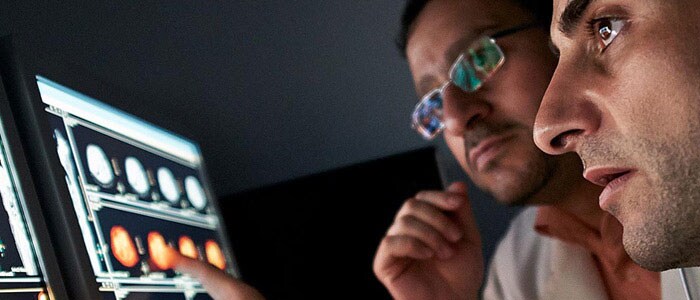
The potential of AI to improve healthcare delivery is limitless with a wide range of applications and potential in the radiology department, from improved diagnosis, enhanced workflows which will, inevitably, lead to a change in the radiologist’s role. Join host Dennis de Costa as he discusses the future of AI in healthcare with Homer Pien, Chief Technology Officer for Imaging at Philips.
Four applications of AI in healthcare
Healthcare is more complex today. Stretched by increasing costs1, a global deficit of health workers2 and operational inefficiencies, the need to address demand for high-quality and efficient care is urgent. For healthcare IT leaders, the goal of operational efficiency looms large alongside the pressure to do more with the huge volumes of data they collect enterprise wide.
A health data insight deficit
While AI has been around for decades, most healthcare organisations are still at the very beginning of their AI journeys. AI is now gaining traction in healthcare because of its ability to help generate insights from large amounts of data – offering a much-needed helping hand to overburdened staff. The amount and granularity of the stored digital medical and healthcare data a CIO oversees has increased exponentially, but just a fraction of it is being used to improve the efficiency and quality of care. This huge growth in volume and diversity is a concern for health IT leaders because the speed of data accumulation is far outpacing the ability to analyse it. “What healthcare providers have is incredible data, but very few insights,” says Roy Smythe MD, Chief Medical Officer for Health Informatics, Philips Healthcare. “And what clinicians really want is insights – to tell them what they really need to know. For example, among the 2000 diabetics in their patient population, who are the 10 that they need to bring in for a different intervention? Those are insights that they need.”
AI applications in healthcare
The potential of AI to improve the healthcare delivery system is limitless. It offers a unique opportunity to make sense out of clinical data to enable fully integrated healthcare that is more predictive and precise. Getting all aspects of AI-enabled solutions right requires extensive collaboration between clinicians, data scientists, interaction designers, and other experts. Here are four applications of artificial intelligence to transform healthcare delivery:
1. Improve operational efficiency and performance
On a departmental and enterprise level, the ability of AI to sift through large amounts of data can help hospital administrators to optimise performance, drive productivity, and improve the use of existing resources, generating time and cost savings. For example, in a radiology department, AI could make a difference in the management of referrals, patient scheduling, and exam preparations. Improvements here can help to enhance patient experience and will allow a more effective and efficient use of the facilities at examination sites.
2. Aiding clinical decision support
AI-enabled solutions can help to combine large amounts of clinical data to generate a more holistic view of patients. This supports healthcare providers in their decision making, leading to better patient outcomes and improved population health. “The need for insights and for those insights to lead to clinical operations support is tremendous,” says Dr. Smythe. “Whether that is the accuracy of interventions or the effective use of manpower – these are things that physicians struggle with. That is the imperative.”
3. Empowering consumers, improving patient care
As recently as 2015 patients reported physically carrying x-rays, test results, and other critical health data from one healthcare provider’s office to another3. The burden of multiple referrals, explaining symptoms to new physicians and finding out that their medical history has gaps in it were all too real. Patients now are demanding more personalised, sophisticated and convenient healthcare services. The great motivation behind AI in healthcare is that increasingly, as patients become more engaged with their own healthcare and better understand their own needs, healthcare will have to take steps towards them and meet them where they are, providing them with health services when they need them, not just when they are ill.
Share this page with a colleague
1 US Centers for Medicare & Medicaid Services 2 WHO, ‘Global health workforce shortage to reach 12.9 million in coming decades’ 3 HBR, ‘Giving Patients an Active Role in Their Health Care’

You might also be interested in:
Meeting the top
challenges in
health informatics
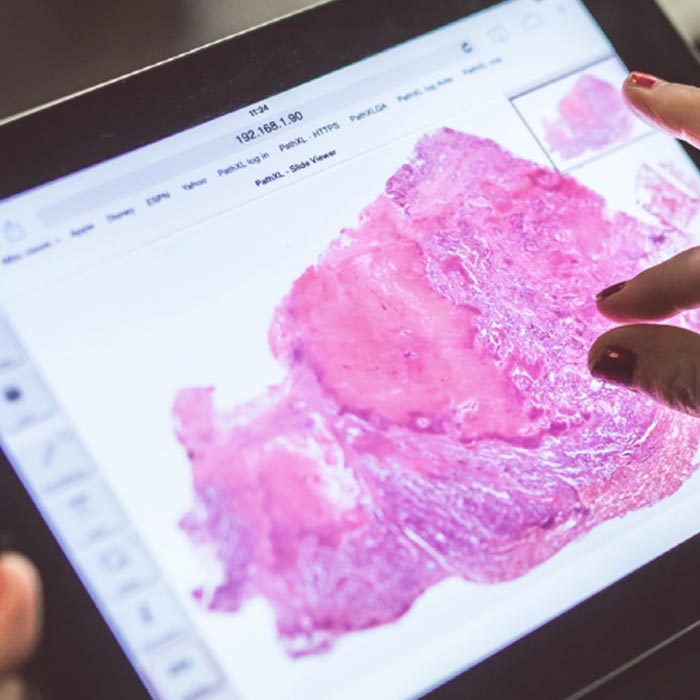
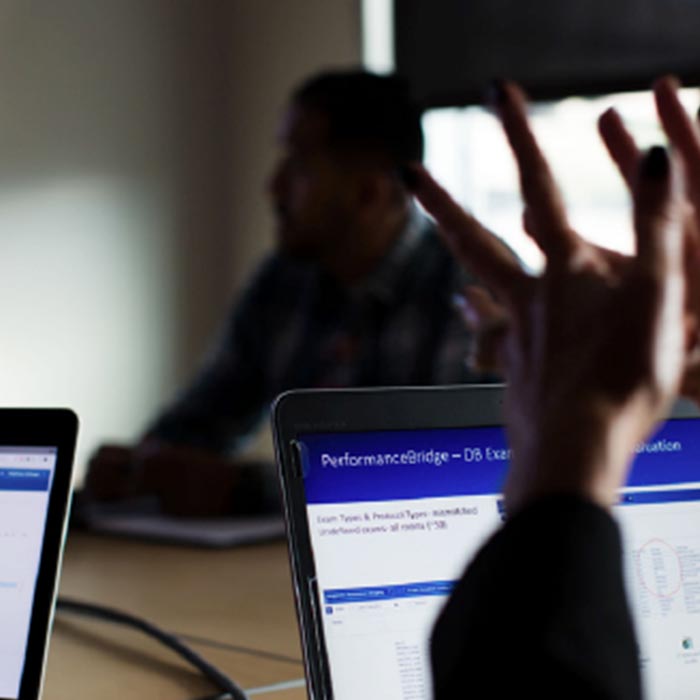
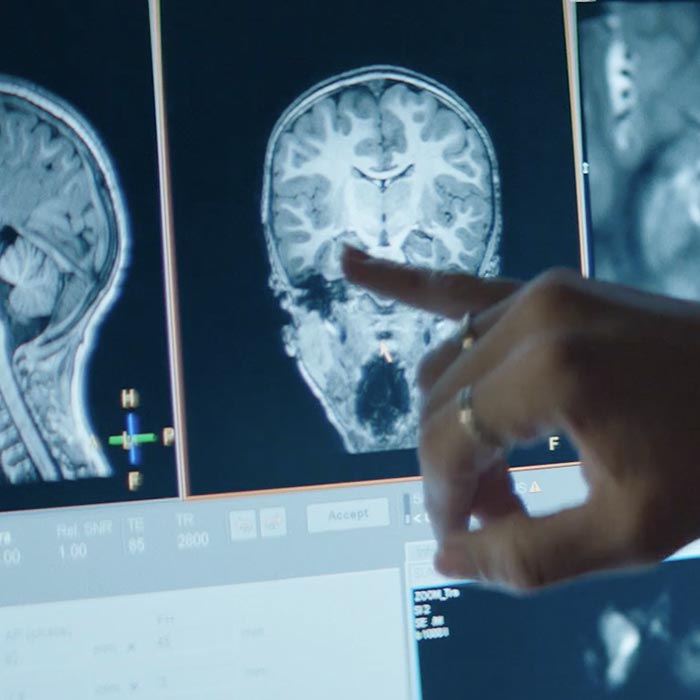
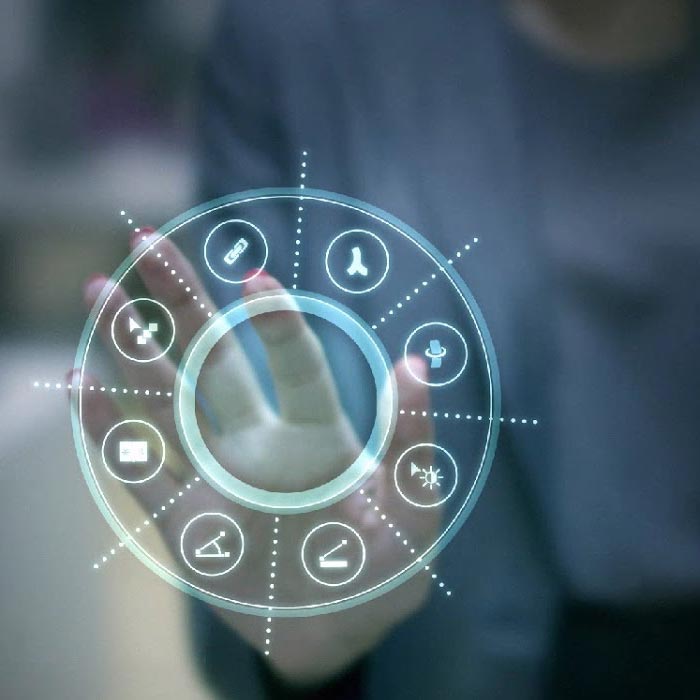

Read more stories and articles
Building partnerships.
Breaking barriers.
We work in partnership with health systems to help drive innovation, support their financial and operational goals, and enable their transformation in a value-driven era. The result can be both operational excellence and more connected, predictive and personalised care delivery.
Let's talk

What are your biggest challenges in informatics? Whether its interoperability across your enterprise or achieving greater standardisation of care, we partner with you to deeply understand your infrastructure and operations, and deliver solutions that help your transform your health system. Reach out using the form below to get started.





